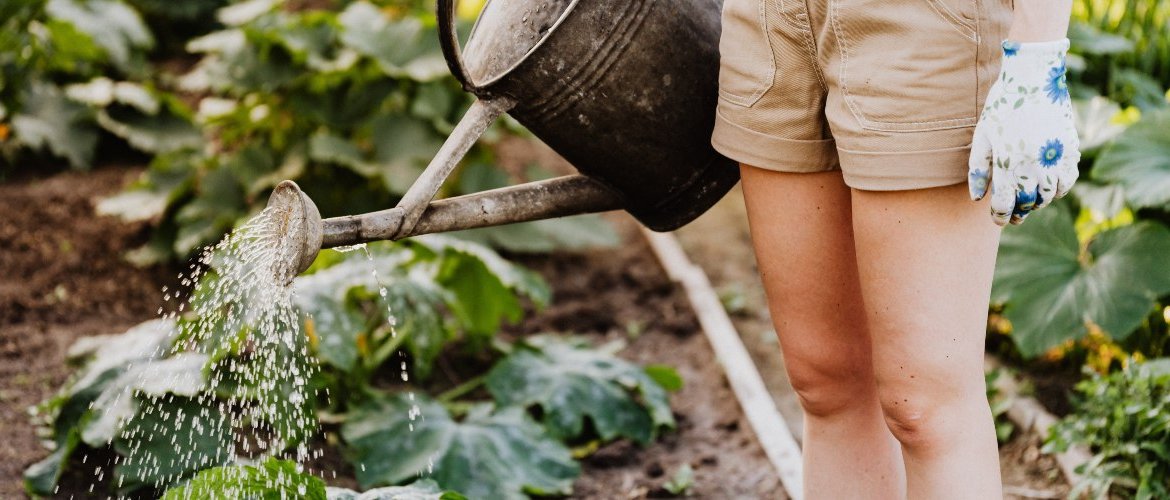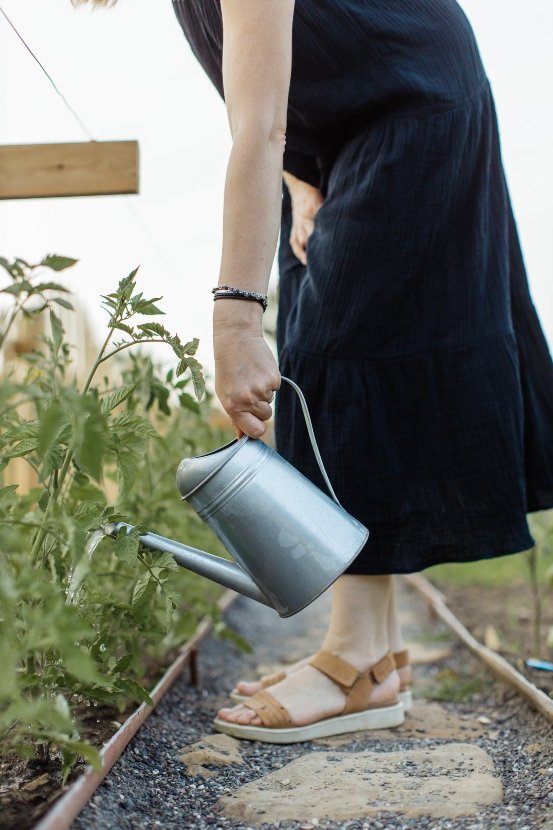Tips for watering in summer
Like any other living being, plants are exposed to summer temperatures. Watering in summer requires taking into account the peculiarities, not only of the time of year, but also of the different species. But don't worry, you don't have to be a professional to guarantee the integrity of your plants. It is enough to put into practice certain recommendations and basic tricks to help them reach autumn in perfect condition.

Choosing the best time of day, dispelling false myths about gardening and opting for automated systems are some of the main recommendations for successful summer watering.
To begin with, it is important to understand what happens to plants at this time of the year. During the summer months, the days are longer and the hours of sunshine, added to temperatures that in many cases exceed 30º make them increase their level of transpiration. If we combine that with issues such as wind or the singularities of each species, taking care of irrigation is essential.
The intensity of temperatures and the incidence of the sun can wreak havoc on your plants. Increasing the frequency of watering is necessary in these months. However, too much water can be lethal for your garden. Therefore, the ideal is not so much to reinforce watering with daily sessions, but to increase the quality of watering. To achieve this, add a few extra days to the weekly waterings, but also increase the amount of water. This will help your plants to counteract the effects of the heat.


Another recurring question when talking about watering in summer is the best time of day to do it. Here there is a difference of opinions, although most experts recommend doing it at dawn. Early in the morning the soil is cooler and the cooler temperature helps to maintain the humidity better, avoiding evaporation.
Although there are many who prefer it, some professionals advise against doing it in the afternoon. The reason is as simple as that the soil -and the plant itself- is warmer, and that temperature, added to abundant humidity, can cause fungi to proliferate.

Not all plants have the same water needs, however, during these months they are subject to a higher transpiration, which makes it necessary to pay more attention to watering in summer.
Wet the leaves when watering, yes or no? Well, it all depends. There are certain species that need a shower from time to time to recover their vigor. However, a good part of the plants that usually colonize terraces and gardens do not do particularly well, especially in summer. Wet leaves are the perfect target for all kinds of diseases and, in the case of being exposed to the sun, they also run the risk of burning.

It may sound repetitive but the truth is that getting the right amount of water for your plants is fundamental. Although it is true that it is necessary to increase it in summer, it is necessary to do it with head. Puddling pots and gardens is not always the best thing to do, especially considering that in these spaces coexist species with very different water needs. When in doubt, it is best to consult with experts before turning your garden into a pond and end the health of your plants.

Maintaining humidity is another key to keep in mind when watering in summer. Achieving this will help your plants not to dehydrate and, consequently, to survive the summer without major problems. Of course, do not suffer if you see that these months do not grow too much. Sometimes, humidity can work against the development of the roots which, in certain species, need some drought to grow.

But if your doubts are related to watering on vacation, there are all kinds of solutions. Having a neighbor, friend or relative to act as a good Samaritan is the best option. However, you can also ensure the good condition of your garden by automating your drip irrigation system by installing, for example, programmers. If it is a question of watering your pots, you can always opt for gelled water, irrigators in the form of clay cones or the so-called self-watering planters and pots.






